Heavy-lift drones are operating from HMS Prince of Wales as part of its Indo-Pacific Carrier Strike Group deployment, using them to conduct resupply flights between ships and reduce demand on helicopters.
Nine Malloy T-150 octo-copters are flying routine logistics missions in support of Operation Highmast. Operated by 700X Naval Air Squadron, the drones are transporting supplies such as food, mail, and engineering parts across the task group. This marks the first maritime operational deployment for the platform.
Malloy operating from the deck of the Flagship 📷 #CSG25 pic.twitter.com/Bb0OlzwQvy
— HMS Prince of Wales (@HMSPWLS) July 11, 2025
According to a Royal Navy news update posted earlier this year, the aim is to free up helicopters for combat and protection tasks while proving the viability of uncrewed aerial vehicles in a contested naval environment. The Malloy T-150 can lift loads of up to 68kg, fly for 20 to 40 minutes, and reach speeds of up to 60mph. They can be piloted remotely or flown autonomously along programmed waypoints.
Each drone requires a two-person team: a remote pilot and a command unit operator. They are initially being flown from three ships in the group, including the aircraft carrier HMS Prince of Wales, which confirmed their operational use in a social media post today showing one of the drones in flight from its deck.
700X Squadron’s detachment consists of 12 personnel, drawn from across the service to form a new cadre of naval drone specialists. Most of the items being transferred between vessels weigh under 50kg, making them well suited to the T-150’s lift capacity.
The drones were delivered to the Royal Navy less than a year ago as part of an innovation initiative backed by the Ministry of Defence. Their rapid integration into the Carrier Strike Group reflects a broader push to accelerate adoption of autonomous systems across UK forces.
The Malloy T-series is produced by British drone manufacturer Malloy Aeronautics, which was acquired by BAE Systems in 2024 and is now part of the company’s FalconWorks advanced projects division. The T-150 has previously been used in land-based roles but this operation marks its first sustained use at sea.


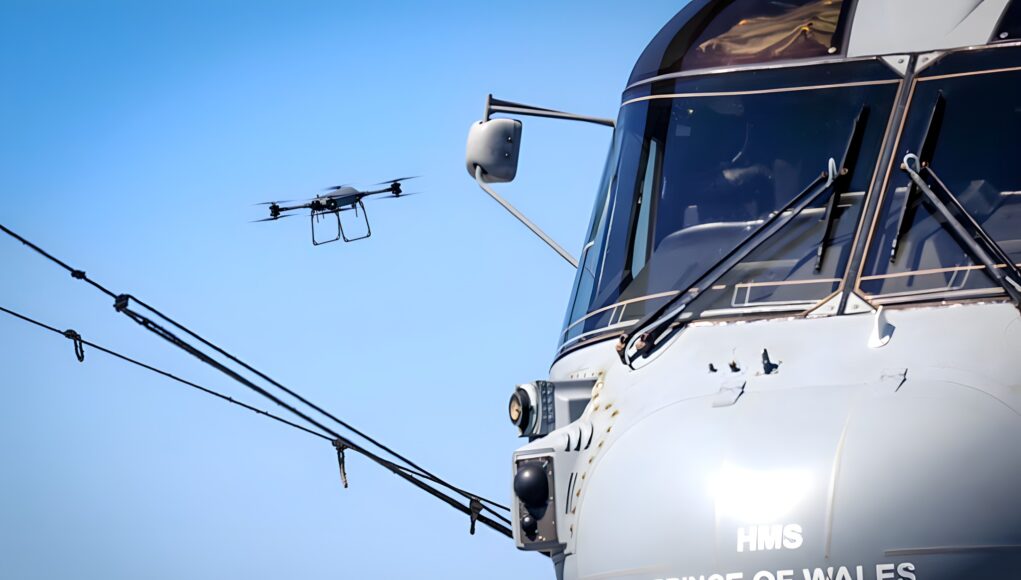
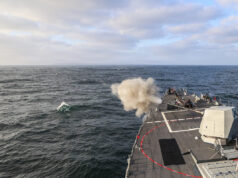
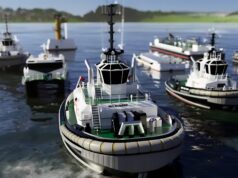
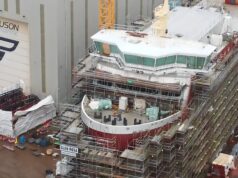
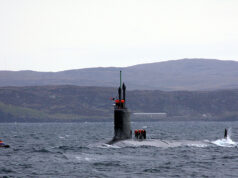
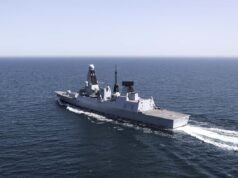

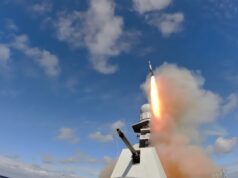
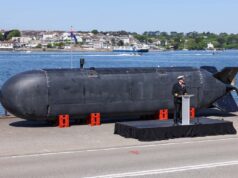
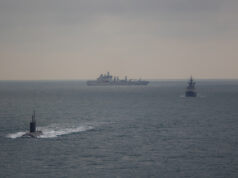
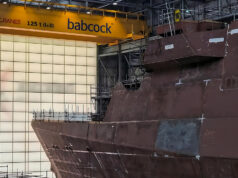

I wonder if these types of drones will still be used during EMCON conditions? As far as I’m aware the radio command is done through omnidirectional aerials. Though these aren’t very powerful. They’re likely to still be detected, which could give away the carrier’s exact location.
Surely the power output of such an aerial would be tiny?
It isn’t a radar so the drone would only need to be able to detect the signals at 10km, maybe.
You’ll be surprised at how far a 10W radio signal can be detected. A sweet could be to use a phased antenna array for electronic beam forming.
Also in future implement drone controller station on all viable ships, ships drone schedules via “normal” comms, drone operators can hand-off drone part way to/from destination reducing required signal emissions/power usage and frees up operators to control other drones while theyr on the destination end of the trip.
I suppose that would be why you would use the autonomous function..
Our carriers use electrical propulsion. Surely that radiates a certain amount of energy. Is a carrier group so well shielded that a connection to a single short-range drone approaches the leakage of an entire carrier group? What about allied ships escorting the group?